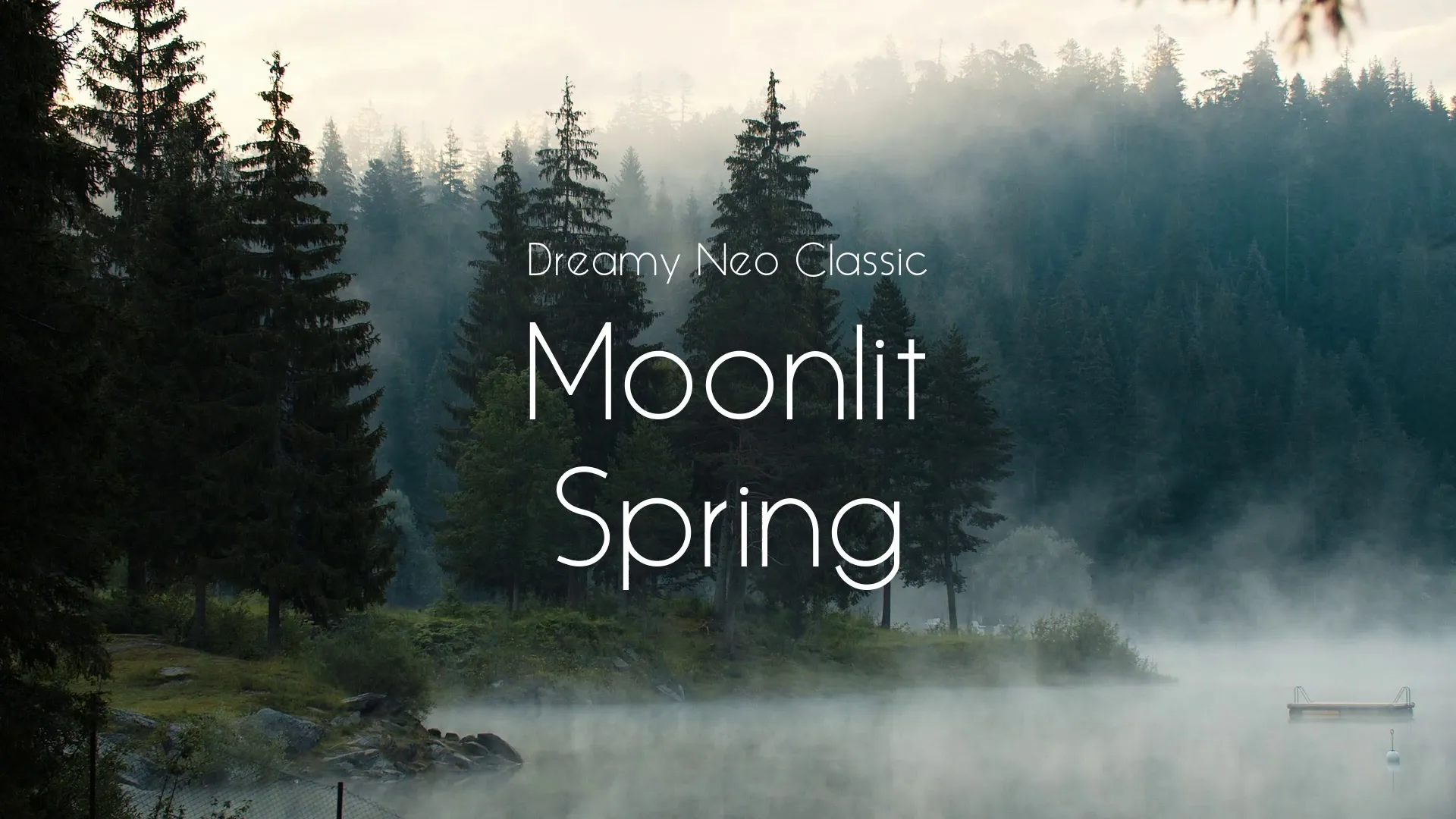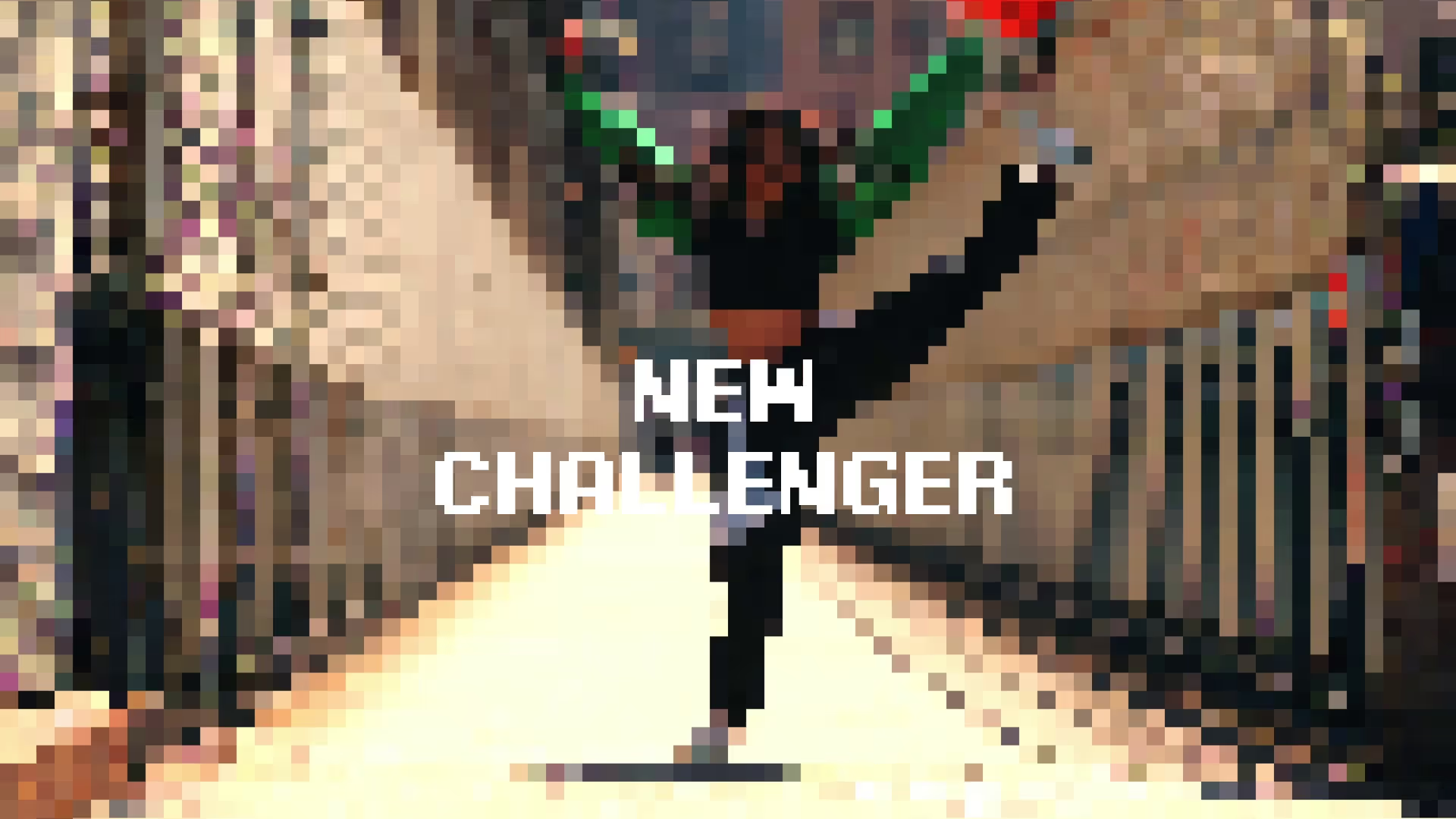From Premise to Playable: A Guide to Game Concept Development & Narrative Design
From Premise to Playable: A Guide to Game Concept Development & Narrative Design
A compelling game starts long before a single line of code is written or an asset is created. It begins with a strong concept and a clear narrative vision. For indie developers, mastering game concept development and narrative design is crucial for standing out in a crowded market. This guide will walk you through transforming a core idea into a rich, playable experience.
The Core Premise: Your Game’s DNA
Every great game has a clear, concise premise at its heart. This is the fundamental idea that encapsulates your game’s genre, core mechanic, and unique selling proposition. A strong premise acts as a compass, guiding all subsequent design decisions.
To define your premise, start by asking: What is the player doing, in what world, and why does it matter? Keep it to a single sentence or two; brevity forces clarity and focus. For example, ‘A lone astronaut must survive on a hostile alien planet by crafting tools and managing dwindling resources.’ If you’re struggling to find that initial spark, tools like Ignite can help generate endless game ideas to get your creative juices flowing.
Expanding the Concept: Brainstorming Beyond the Core
Once your premise is solid, it’s time to flesh it out into a full concept. This involves exploring characters, world-building, core gameplay loops, and potential conflicts. Mind mapping is an effective technique to visualize connections and relationships between different elements. Consider the ‘what if’ scenarios that emerge from your premise, pushing the boundaries of your initial idea.
Develop your characters by giving them motivations, backstories, and conflicts that tie into the game’s world. Think about the game’s setting: Is it a sprawling cyberpunk city, a desolate post-apocalyptic wasteland, or a whimsical fantasy realm? These elements should not exist in isolation but rather inform and enrich one another. Documenting these expanded ideas is vital; a tool like Blueprint can help you structure these thoughts into a professional Game Design Document in minutes.
Crafting Compelling Narrative Structures
Narrative in games isn’t just about telling a story; it’s about creating an experience that players actively participate in. There are various narrative structures to consider, from linear storylines to branching paths and emergent narratives. Linear narratives are straightforward, guiding the player through a predefined sequence of events. Branching narratives offer player choice, leading to different outcomes and increasing replayability. Emergent narratives arise organically from player actions and systemic interactions within the game world.
Regardless of the structure, ensure your narrative is deeply integrated with your gameplay. The story should not feel like an overlay but an integral part of the player’s journey. Consider how gameplay mechanics can serve narrative beats, and how narrative can provide context and meaning to player actions.
Integrating Narrative with Gameplay
The most impactful games seamlessly blend narrative and gameplay. This means that the act of playing the game advances the story, and the story provides motivation for the gameplay. For instance, a game’s crafting system might be narratively justified by the player’s desperate need for survival. Player choices within the gameplay should have tangible narrative consequences, making the player feel truly invested.
Avoid situations where the narrative pauses the gameplay for long exposition dumps. Instead, deliver story elements through environmental storytelling, character interactions during gameplay, or impactful in-game events. Every mechanic, puzzle, or combat encounter should ideally contribute to the overarching narrative or character development.
Common Pitfalls and How to Avoid Them
Developing a game concept and narrative is challenging, and pitfalls are common. One major pitfall is a vague or overly complex premise that fails to resonate with players or guide development. Ensure your premise is clear, concise, and exciting, providing a solid foundation for your game.
Another common issue is a disconnect between narrative and gameplay, where the story feels tacked on or irrelevant to the player’s actions. Design your narrative and gameplay in tandem, ensuring they mutually reinforce each other from the outset. Finally, be wary of creating an overly ambitious narrative for an indie team. Start with a manageable scope and expand iteratively, focusing on quality over quantity.
Conclusion
Developing a strong game concept and a compelling narrative is foundational to creating a memorable game. It requires clarity, creativity, and a deep understanding of how story and gameplay intertwine. By defining a solid premise, expanding your concept methodically, and integrating narrative seamlessly, you can craft a truly engaging experience. Use tools and structured processes to maintain your development momentum and bring your vision to life. Start building your next great game with a strong concept and narrative today. For further insights into game development, consider exploring articles like ‘10 Biggest Game Jams in 2025: Dates, Themes, and How to Prepare’ to quickly prototype and test your narrative concepts in a structured environment.
Create a free account, or log in.
Gain access to free articles, game development tools, and game assets.























